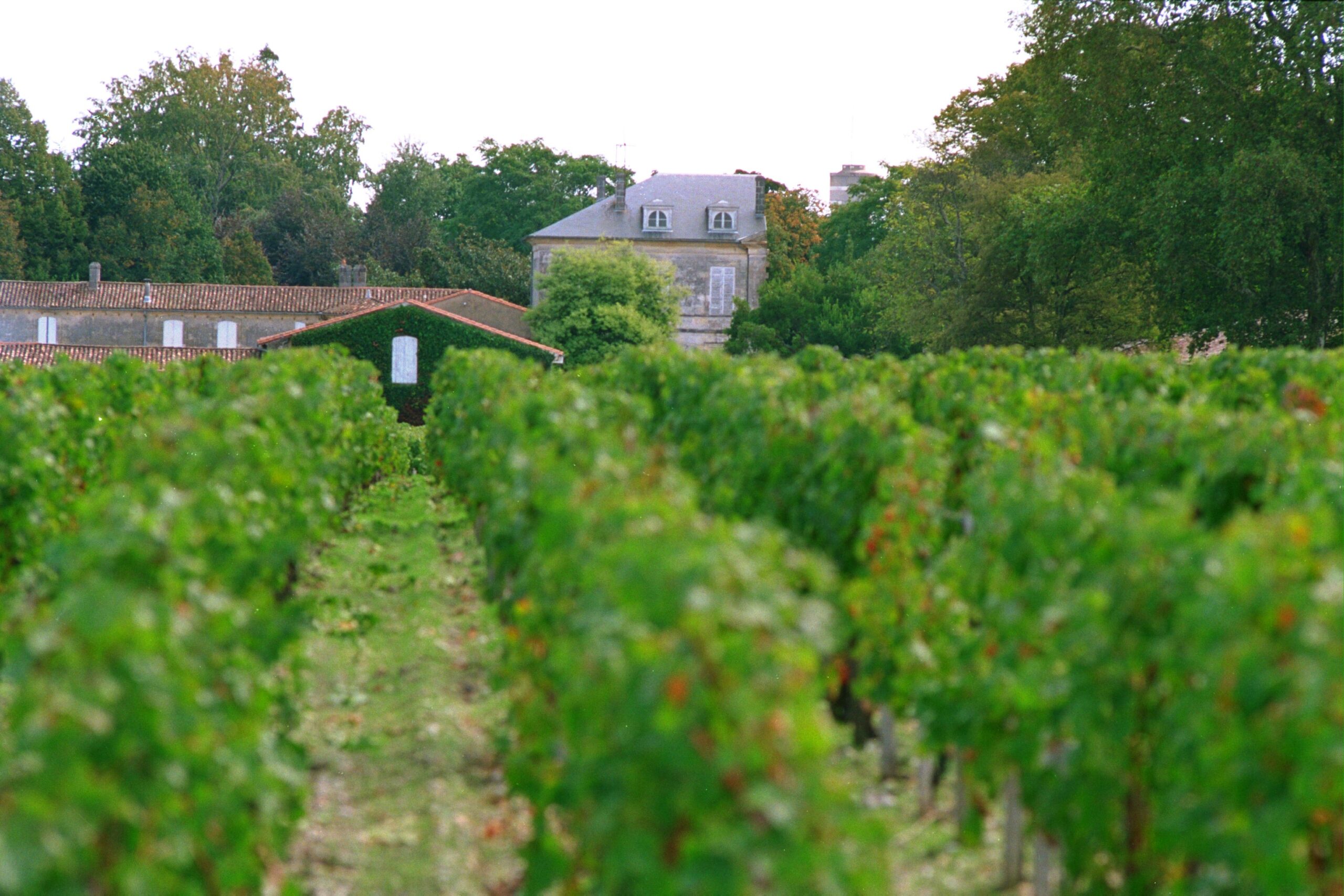2013 Château d'Armailhac Pauillac Bordeaux France Wine Tasting Note
5535 Views
|
2013
Château d'Armailhac (Pauillac)
With a sharp, cassis, cranberry and tobacco infused character, the wine is medium bodied, and finishes with light, bright, red fruits. 3,058 Views Tasted Feb 10, 2016With a licorice, floral and dark cherry nose, this delicate, medium-bodied Pauillac ends with dusty tannins and a forward cassis and cherry finish. From 59% Cabernet Sauvignon, 28% Merlot, 12% Cabernet Franc and 1% Petit Verdot, the wine is aging in 35% new oak. 88-90 Pts 2,477 Views Tasted Apr 20, 2014 |

When to Drink Chateau d'Armailhac, Anticipated Maturity, Decanting Time
Chateau d'Armailhac can be enjoyed on the young side with a few hours of air. But I find it too tannic to enjoy without cellaring. The wine is most often best at 8-15 years of bottle age. Of course, that can vary slightly, depending on the vintage character.
In the best vintages, the wine will be at its best between 10-25 years of age after the vintage. Young vintages can be decanted for an average of 2-3 hours, give or take. This allows the wine to soften and open its perfume. Older vintages might need very little decanting, just enough to remove the sediment.
Serving Chateau d'Armailhac with Wine, Food, Pairing Tips
Chateau d'Armailhac is best served at 15.5 degrees Celsius, 60 degrees Fahrenheit. The cool, almost cellar temperature gives the wine more freshness and lift.
Chateau d'Armailhac is best served with all types of classic meat dishes, veal, pork, beef, lamb, duck, game, roast chicken, roasted, braised, and grilled dishes. Chateau d'Armailhac is also good with Asian dishes, hearty fish courses like tuna, mushrooms, pasta, and a myriad of hard and soft cheeses.

